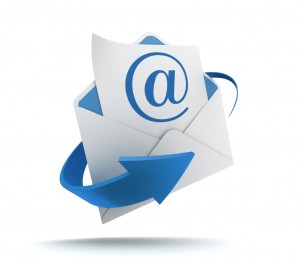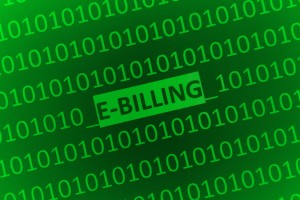As you are aware, I am a big advocate of offering the customer the option of choosing how they receive their bills in paper or electronic format.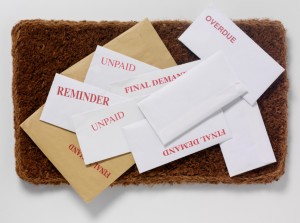
Ask anyone in business what their biggest headache is and the answer usually is getting paid on time.
The second is the cost of processing and sending invoices.
As the cost of technology has reduced more businesses including SMEs have or are considering implementing electronic invoicing/e-billing to save invoice processing costs.
The advantages of e-billing include the speed and control you have over your financial documents; you decide when your customer is sent an e-bill.
You save staff time, postage and stationery costs.
 But, trying to establish the true cost of billing is a lot harder than you think because most don’t consider all of the related costs.
But, trying to establish the true cost of billing is a lot harder than you think because most don’t consider all of the related costs.
Many assume that paper has to be more expensive because it involves staff time, stationery costs, processing and cost of postage.
Making electronic billing the obvious winner.
There have been many comparisons on paper versus electronic ranging from £8.17 to send out a paper invoice VS £3.31 to send it electronically.
Sending invoices as email attachments doesn’t constitute electronic billing.
E-billing may save on postage costs but this represents only a small percentage of the actual cost of processing an invoice.
How do you work out your invoicing costs?
What costs are associated with the invoicing process?
An organisation needs to be able to break down what the true costs are and these can be direct, indirect and those hidden costs that we tend to forget about.
What are the direct costs?
These include preparation of the invoice and are the most obvious costs to find in the process.
- Printing
- Envelopes
- Inserting into envelopes – often a manual exercise this might also include a mailing machine
- Postage costs
What are the indirect costs?
Although these costs are part of the invoice process they do not involve the preparation and sending of invoices and may or may not have a bearing on your invoice process.
Even so, they are often overlooked when working out the cost of invoicing and should be considered.
- Queries and resolution – is the invoice accurate, does it have the required information. If it is wrong other functions in the organisation are involved including finance, credit control, operations, distribution and sales/customer service
- Account reconciliation
- Time spent on missing or undelivered invoices
- Storage and archiving – how are invoices stored? As paper or electronically?
- Credit notes – how long does it take for the company to generate a credit note, does it require hierarchical approval, time taken to issue, delay in payment until the credit note is issued
What are the hidden costs?
Although not necessarily related to the processing of invoices they should be considered as part of the process
- Payment processing errors
- External debt collection agency fees
- Staff time addressing and reviewing invoice problems
- Additional finance costs due to the length of time time taken to get paid
- Invoice financing or factoring costs.
Most of the costs associated with the invoicing process involve the number of staff that are involved in what can be a labour intensive task.
Even if the invoice preparation is streamlined and automated, if the order processing, AP and AR are manually intensive then the invoice processing will cost more in staff time such as:-
- Dealing with copy invoice requests
- Chasing purchase orders
- Chasing the sales team to solve pricing issues
- Reconciling accounts
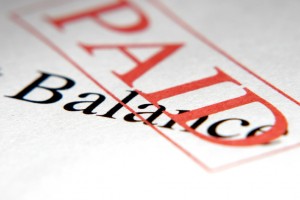 Sending an invoice as an electronic attachment is not e-billing it is simply sending the customer an email with an invoice attached to it whilst it removes the postage and stationery element it is highly likely that your customer (the recipient) will print and allocate the invoice accordingly.
Sending an invoice as an electronic attachment is not e-billing it is simply sending the customer an email with an invoice attached to it whilst it removes the postage and stationery element it is highly likely that your customer (the recipient) will print and allocate the invoice accordingly.
But it doesn’t take away the other costs associated with invoice processing like requests for copy invoices, misplaced invoices.
We never got your invoice, it never arrived in the post has been replaced with we never got your email.
Careful consideration of your invoice processing and understanding the true costs of the process can in the long term reduce the impact on the business.
Customers ultimately know they have to pay your bill the key is to making sure your bill is on time, consistent with the information they need to process the bill which in turn helps you gain visibility and enable better cash management and cash flow control.








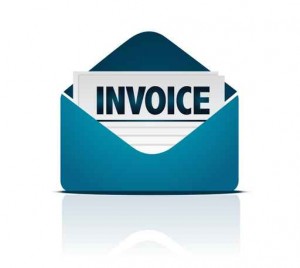



 Electronic billing can effectively reduce costs as long as there is a clear strategy of ensuring customer adoption.
Electronic billing can effectively reduce costs as long as there is a clear strategy of ensuring customer adoption.
